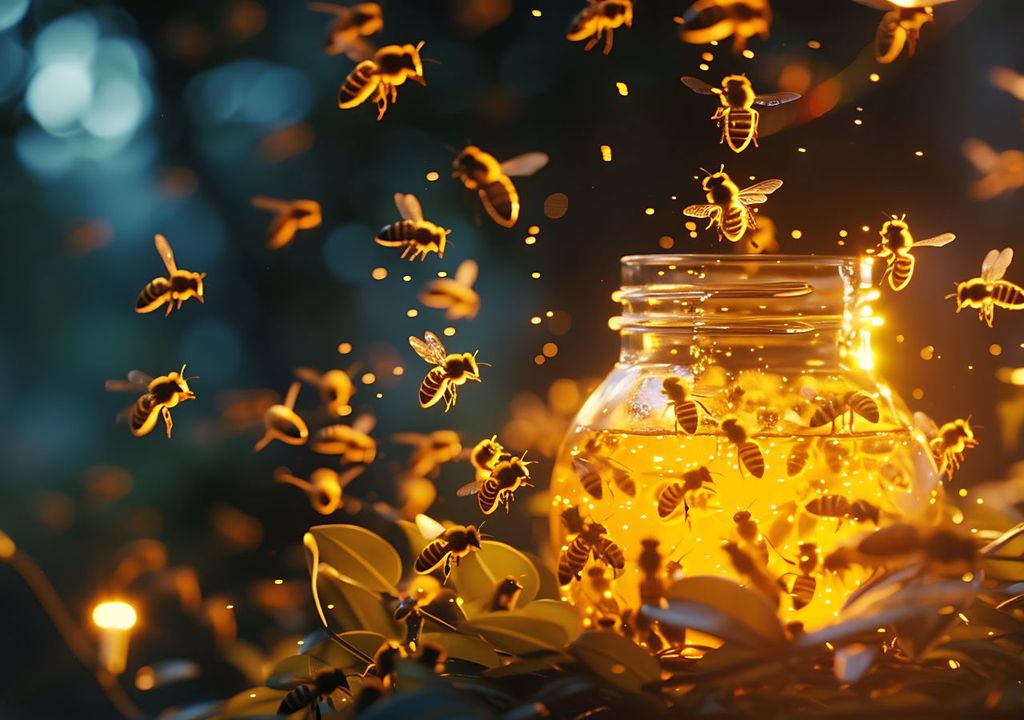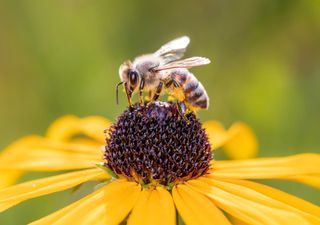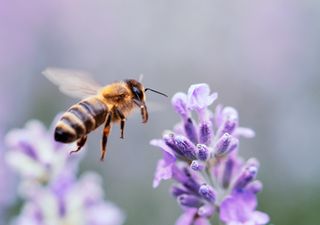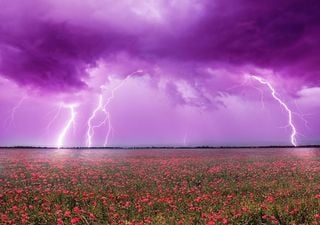Bees can't "waggle dance" when exposed to artificial light and that's a problem
Increased human habitation along with a rise in urban beekeeping is exposing bees to artificial light, disturbing their sleep and how effectively they can do their work.

Science has well-established the impact of using screens at night and how it disrupts our circadian rhythm and affects sleep-wake cycles. But researchers at the University of California San Diego wanted to know how artificial light affected bees and found that it has disastrous consequences.
How bees prefer to sleep
Honeybees nest in dark environments since the hive’s entrance only allows a small amount of light to enter. When sleeping, bees are immobile but also show signs of being disturbed when nest-mates move around.
When the temperature inside the hive is too warm, bees make a ‘beard’ and sleep outside the nest. While this would still allow the bees to sleep in the dark earlier, an increase in areas inhabited by humans means that bees are exposed to artificial light at night (ALAN).
A combination of rising global temperatures and a rise in urban beekeeping in recent years exposes a larger population of bees to ALAN.
In experiments spanning several years, UCSD researchers compared bee groups that slept in the dark to those exposed to artificial light and began noticing differences immediately since the groups were video recorded 24 hours a day during the experiments.
Bees exposed to ALAN can’t waggle dance
“Even without analysing the data you can tell that there was something going on… the bees that were under constant light slept less,” said Ashley Kim, a PhD candidate at the School of Biological Sciences at UCSD who was involved in the work.
The health of a bee colony depends on "waggle dance" - an intricate system of communication that allows bees to signal the location of food to other hive mates. Bees exposed to continuous light had a preference for darker areas in their experimental cages, a press release added.
“Our research shows just how sensitive honey bees are with changes in their environment, something as seemingly benign as artificial light,” added Kim.
Understanding the impact of factors such as light pollution is critical to develop strategies to protect the bees. The research findings were published in Scientific Reports.
News reference:
Ashley Y. Kim, Aura Velazquez, Belen Saavedra, Benjamin Smarr & James C. Nieh, Exposure to constant artificial light alters honey bee sleep rhythms and disrupts sleep, Scientific Reports volume 14, Article number: 25865 (2024).








